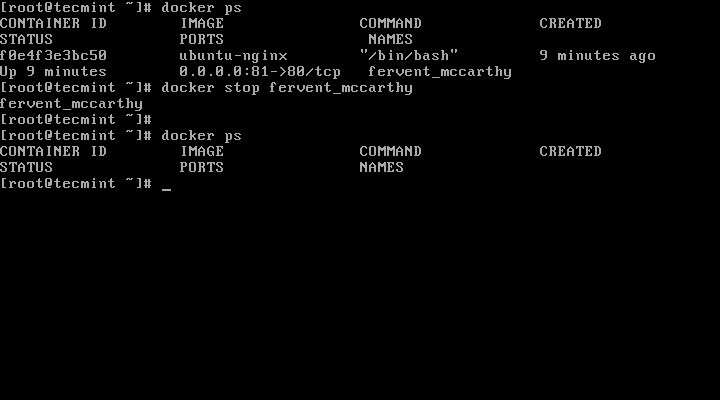
- #APT INSTALL PIP3 HOW TO#
- #APT INSTALL PIP3 INSTALL#
- #APT INSTALL PIP3 UPDATE#
- #APT INSTALL PIP3 UPGRADE#
- #APT INSTALL PIP3 SOFTWARE#
Your command prompt will now be prefixed with the name of your environment, in this case it is called my_env. To use this environment, you need to activate it, which you can achieve by typing the following command that calls the activate script:
#APT INSTALL PIP3 SOFTWARE#
Python Wheels, a built-package format for Python that can speed up your software production by reducing the number of times you need to compile, will be in the Ubuntu 20.04 share directory. This is good practice for version control and to ensure that each of your projects has access to the particular packages that it needs. Together, these files work to make sure that your projects are isolated from the broader context of your server, so that system files and project files don’t mix. Outputbin include lib lib64 pyvenv.cfg share Once you are in the directory where you would like the environments to live, you can create an environment by running the following command:Įssentially, pyvenv sets up a new directory that contains a few items which we can view with the ls command: Then navigate to the directory where you’ll store your programming environments: Let’s either choose which directory we would like to put our Python programming environments in, or create a new directory with mkdir, as in: With this installed, we are ready to create environments. While there are a few ways to achieve a programming environment in Python, we’ll be using the venv module here, which is part of the standard Python 3 library. Each environment is basically a directory or folder on your server that has a few scripts in it to make it act as an environment. You can set up as many Python programming environments as you would like. This is especially important when working with third-party packages. Setting up a programming environment provides greater control over Python projects and over how different versions of packages are handled. Virtual environments enable you to have an isolated space on your server for Python projects, ensuring that each of your projects can have its own set of dependencies that won’t disrupt any of your other projects. Step 2 - Setting Up a Virtual Environment Once Python is set up, and pip and other tools are installed, we can set up a virtual environment for our development projects.
#APT INSTALL PIP3 INSTALL#

Here, package_name can refer to any Python package or library, such as Django for web development or NumPy for scientific computing. Python packages can be installed by typing:
#APT INSTALL PIP3 HOW TO#
You can learn more about modules or packages that you can install with pip by reading “ How To Import Modules in Python 3.” To manage software packages for Python, let’s install pip, a tool that will install and manage programming packages we may want to use in our development projects. While this number may vary, the output will be similar to this:

You’ll receive output in the terminal window that will let you know the version number. Once the process is complete, we can check the version of Python 3 that is installed in the system by typing: The -y flag will confirm that we are agreeing for all items to be installed, but depending on your version of Linux, you may need to confirm additional prompts as your system updates and upgrades.
#APT INSTALL PIP3 UPGRADE#
Then upgrade the packages installed on your system to ensure you have the latest versions:
#APT INSTALL PIP3 UPDATE#
To make sure that our versions are up-to-date, update your local package index: Ubuntu 20.04 and other versions of Debian Linux ship with Python 3 pre-installed. With your server and user set up, you are ready to begin. If you’re not already familiar with a terminal environment, you may find the article “ An Introduction to the Linux Terminal” useful for becoming better oriented with the terminal. To learn how to achieve this setup, follow our initial server setup guide.

In order to complete this tutorial, you should have a non-root user with sudo privileges on an Ubuntu 20.04 server. The general principles of this tutorial will apply to any distribution of Debian Linux. Programming on a server has many advantages and supports collaboration across development projects. This tutorial will get your Ubuntu 20.04 server set up with a Python 3 programming environment. First published in 1991 with a name inspired by the British comedy group Monty Python, the development team wanted to make Python a language that was fun to use. Flexible and versatile, Python has strengths in scripting, automation, data analysis, machine learning, and back-end development. The Python programming language is an increasingly popular choice for both beginners and experienced developers.


 0 kommentar(er)
0 kommentar(er)
